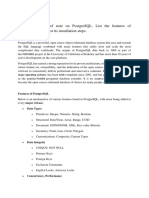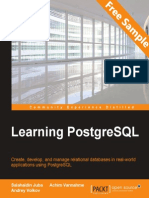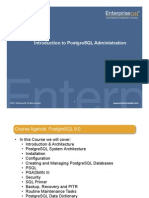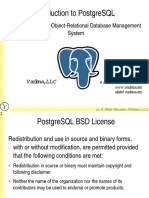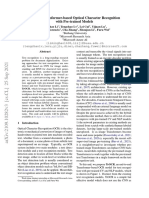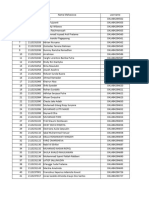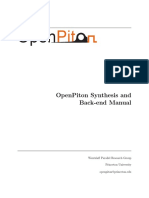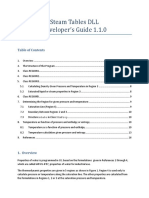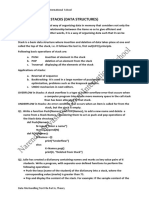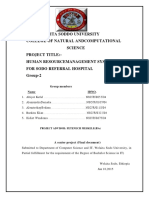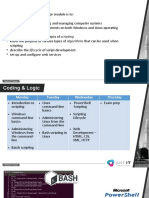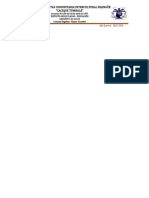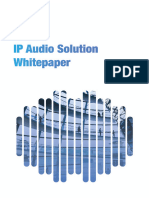0% found this document useful (0 votes)
14 views3 pagesPostGresSQL Study Stuff For Will
PostgreSQL is a highly extensible database management system that allows developers to add custom functions, data types, and storage mechanisms. It maintains data integrity through various constraints and employs Multi-Version Concurrency Control (MVCC) for enhanced performance and concurrency. Additionally, PostgreSQL offers robust reliability features for disaster recovery and a comprehensive security model, making it suitable for diverse applications.
Uploaded by
Nick DerianCopyright
© © All Rights Reserved
We take content rights seriously. If you suspect this is your content, claim it here.
Available Formats
Download as DOCX, PDF, TXT or read online on Scribd
0% found this document useful (0 votes)
14 views3 pagesPostGresSQL Study Stuff For Will
PostgreSQL is a highly extensible database management system that allows developers to add custom functions, data types, and storage mechanisms. It maintains data integrity through various constraints and employs Multi-Version Concurrency Control (MVCC) for enhanced performance and concurrency. Additionally, PostgreSQL offers robust reliability features for disaster recovery and a comprehensive security model, making it suitable for diverse applications.
Uploaded by
Nick DerianCopyright
© © All Rights Reserved
We take content rights seriously. If you suspect this is your content, claim it here.
Available Formats
Download as DOCX, PDF, TXT or read online on Scribd
/ 3




